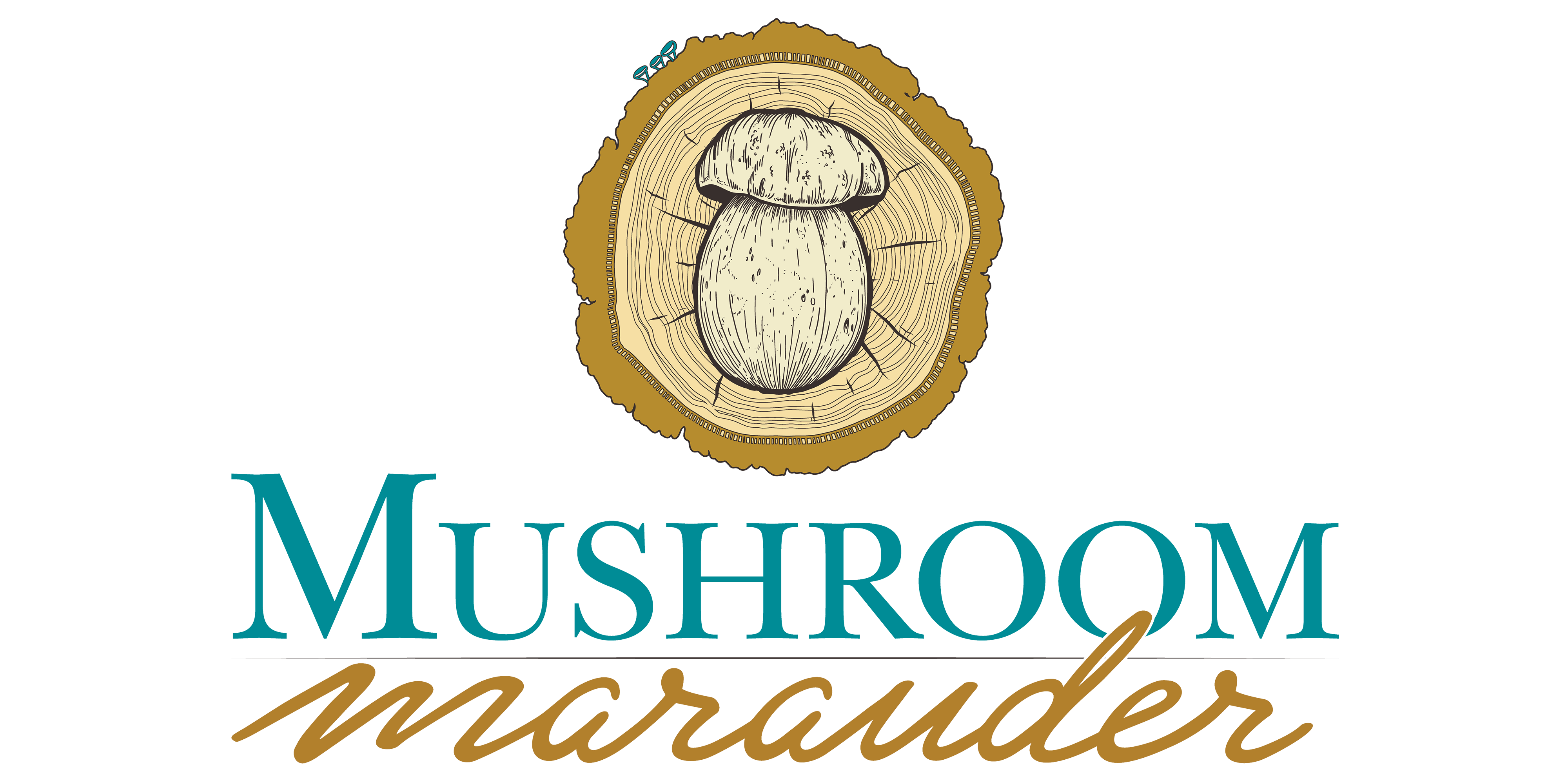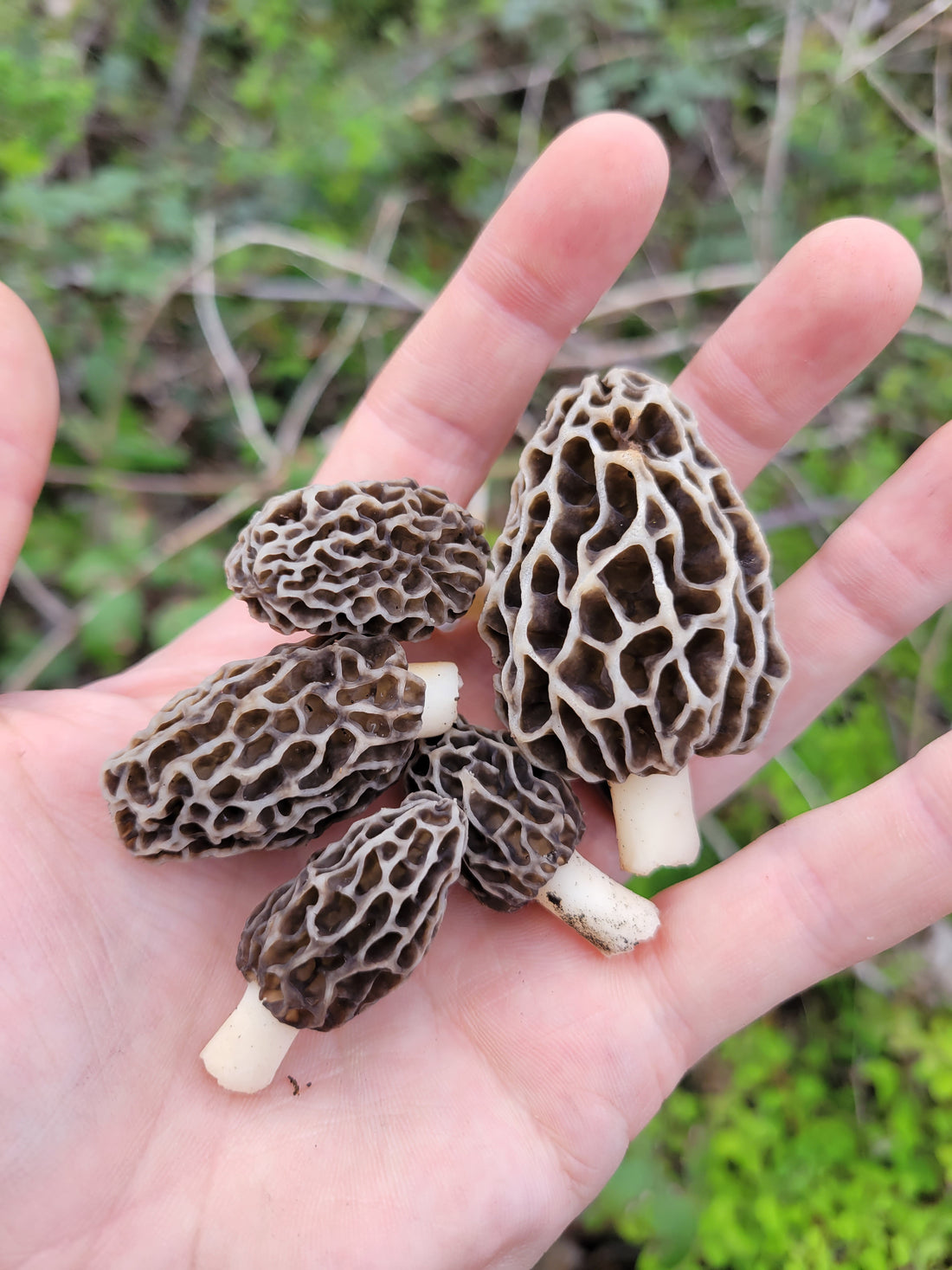Disclaimer: Foraging mushrooms is not a game. Never eat any wild mushroom unless it has been 100% identified as edible by someone qualified to do so. Morel mushrooms are toxic raw. Some people cannot tolerate them even properly cooked. As with any wild mushroom that you haven't had before, cook thoroughly and try a small amount the first time to test for intolerance.
Hi there, and welcome! My name is Adam McCrae, today we'll be looking at the 3 most common morel mushroom species in Alabama and how to find them. Let's dive right in!

Morchella americana, the American Yellow Morel. One of the most common morels in Alabama.
Photo credit Alan Rockefeller
To find Morel Mushrooms, you're going to need to either find public land that it is legal to pick on, or be picking on private property with the permission of the land owner. Either of these tasks is made easier with the use of apps such as OnX Hunt and Gaia Maps, which clearly show you what land is public or private, and also who owns it.
Always learn and follow the rules and regulations for the land you are foraging from. Be mindful of National and State parks, which often have extra regulations or sometimes don't allow any foraging at all!
One of the best ways to find morel mushrooms is by seeking out the trees that they associate with. This can be done by simply searching for these trees on iNaturalist.org. You can also use the street view of Google Maps in a desired area to check the trees on either side of the road, or just visit potential foraging spots in person!
To help in your search for these elusive springtime treats, I'm going to give you a quick run-down on the most common species of Morel Mushrooms that grow in Alabama and their associating trees. Remember that there's a lot more to it than just finding the right tree, but this should give a good starting point and also something to reference as needed. You can check out my 10 Morel Hunting Tips for 2023 for a more thorough morel hunting overview, as well.
It's also worth noting that in Alabama, your likelihood of finding morels goes *way down* as you get into the southern half of the state! The lowest quarter of the state has almost no morels, and the best picking is in the northeast portion.
3 Common Morels of Alabama:
1: Morchella americana (Yellow Morel)

Two yellow morels in an Eastern US setting. Photo credit Alan Rockefeller
Morchella americana is one of the most common morels in the country. Sometimes starting out grey when young, they eventually turn yellow and can get quite large (over 12"!) They often only stand out clearly above the leaf litter when fully mature, making them a true joy to hunt and find.
These mushrooms actually associate with different trees on the different sides of the country! On the eastern half of the USA like Alabama, Yellow Morels have tree associations of:
- Elm
- Ash
- Oak
- Apple
- Aspen
Remember to look for dead/dying/distressed trees, especially Elms! Searching at the base of dying elms is one of the most-repeated tips I have heard for this species on the eastern half of the country. The banks along either side of a stream are a good place to look, as are swampy areas, lightly burned land, and disturbed ground in general.
2: Morchella diminutiva (Tulip Morel)

A beautiful patch of M. diminutiva, photo credit Jeff (gillyj)
Awww, M. diminutiva... these adorable little mushrooms are the smallest species of morel that exists! While it might take a bit more effort to collect enough of these than some of the larger morel mushroom species, they're just as delicious and absolutely worth collecting if you can find them.
These cuties enjoy growing in leaf litter that helps regulate ground temperatures, but fortunately they have a tendency to find gaps to grow up and above the leaves around them! Tulip morels associate with these trees:
- Tulip
- Hickory
- Green Ash
- White Ash
Obviously, they were given the common name "Tulip Morels" for a reason, and there's a heavy association with those trees in particular. Definitely a good place to start. 😉
3: Morchella angusticeps (Black Morel)

Black morel (Morchella angusticeps). Photo credit Alan Rockefeller
Black morels (Morchella angusticeps) aren't quite as "common" as the other two species found in Alabama, but since there aren't very many species in general down there, I figured they were worth including. 🙂
These statuesque beauties can be found associating with the trees:
-
Various hardwoods
- Tulip
- Ash
- Cherry
- Aspen
As with all morels in Alabama, you'll definitely have more luck in the Northern half of the state. These particular mushrooms look to be about as rare as finding a "half free" (M. punctipes) in Alabama, which doesn't happen often. For the best picking, you're generally going to be better off searching for the big yellows in the NE section of the state.
That's all I have for you today, thanks so much for reading! Please don't hesitate to comment with any helpful suggestions. Happy foraging and full baskets!
Make sure to give Mushroom Marauder a follow over on our Instagram and Facebook, and you'll also want to check out our selection of Mushroom Merch featuring my wife Suzi's original artwork! With designs ranging from hilarious to sexy, we've got you covered when it comes to Mushroom Stickers and Apparel.


